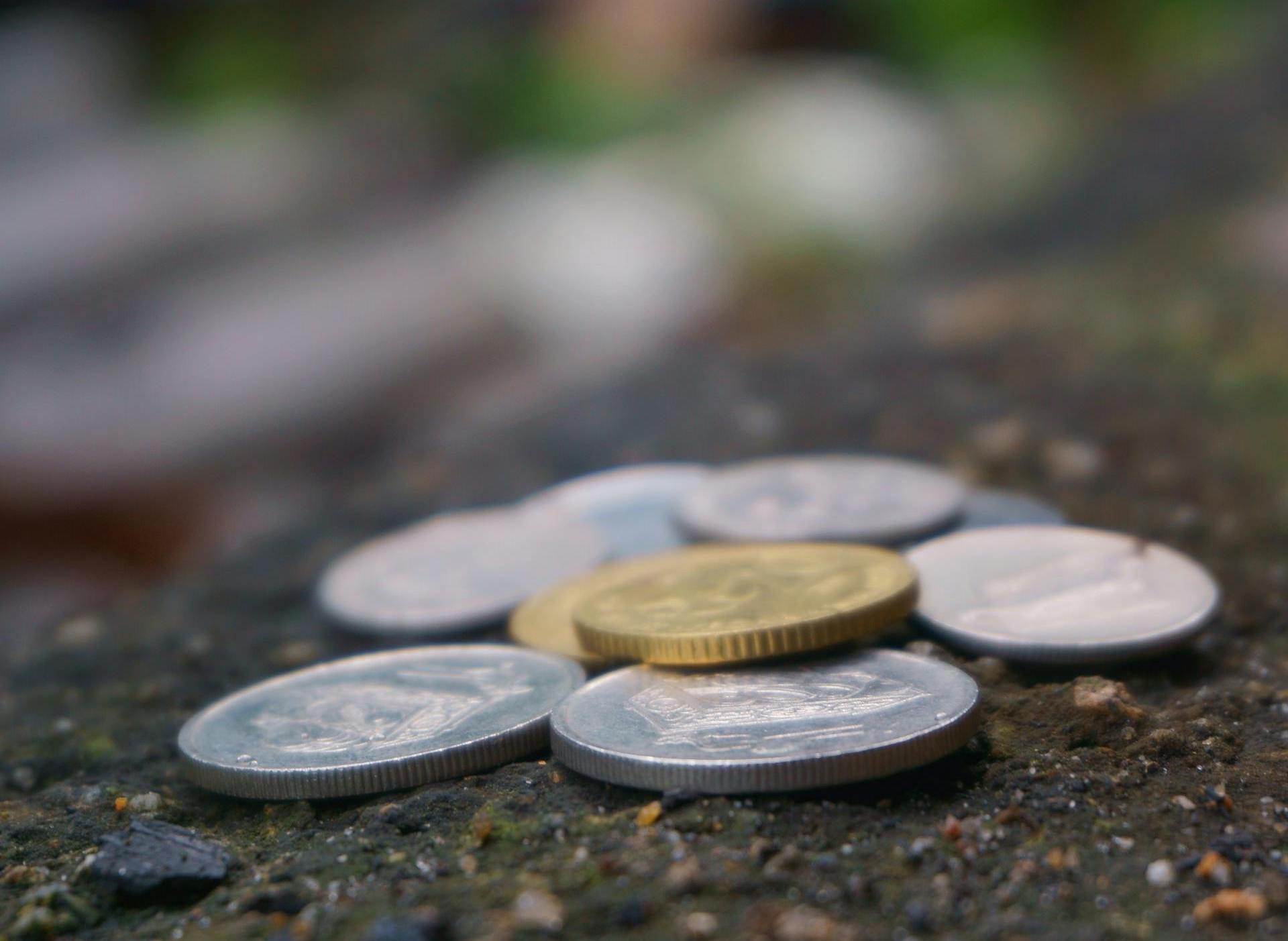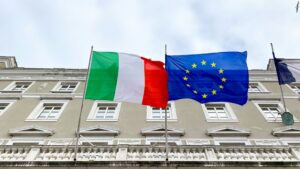In recent years, Italy has demonstrated a growing interest in the African continent, culminating with the Italy-Africa Summit in January 2024 and the launch of the Mattei Plan, on paper a partnership to engage with the continent on equal and non-predatory terms. Until now, however, Italy’s relations with Africa have been largely driven by its interest in securing access to gas supplies. In the three-year period 2021-2023 alone, Italy has signed 14 new agreements for gas supplies with Middle Eastern and African countries, despite the fact that the energy security scenario for Italy in this context does not foresee the need for new investments. Despite this, Italian public development finance institutions (Cassa Depositi e Prestiti and SACE, the export credit agency) are strongly oriented towards supporting these investments, including in Africa.
In order to develop a mutually beneficial partnership with Africa, through the Mattei Plan and the leadership earned through the 2024 G7 presidency, Italy must listen and respond to the needs expressed by its African partners. These include a series of reform proposals of the international financial architecture that would help resolve the debt crisis and improve access to low-cost finance for economic diversification and the energy transition. For Italy, this also implies overcoming traditional approaches linked to concepts of energy security and the role of hydrocarbons that currently characterise Italy’s presence in Africa.
Read the report “Italy and the debt crisis: what implications for the partnership with Africa”
The debt crisis in Africa
The growing burden of external debt is a formidable obstacle for the African continent to undertake the necessary investments to combat poverty, inequality and embark on the energy transition. Over the last decade, African external debt has grown faster than GDP and due to rising interest rates, Sub-Saharan African countries in 2023 spent on average 12% of their fiscal revenues on debt servicing, more than what they spend on health and education. At the same time, international aid actually received by African countries decreased by 3.5% in 2022. As a result, many countries are transferring to their creditors more than what they receive in investments, loans or aid.
Solving the debt crisis is made more difficult by the composition of the creditors landscape, which has become more complex and fragmented over the past fifteen years. In Africa, 44% of the debt is owed to private creditors, 34% to multilateral creditors and only 23% to other governments. The Italian government hold about USD 1.3 billion of African debt, while private Italian creditors hold about USD 2 billion. The Common Framework, which was established by the G20 in 2020 in an attempt to facilitate the debt restructuring process of the poorest countries in the context of the pandemic, has so far been used by only four countries, with dubious results.
The relationship between debt, climate crisis and fossil investments
An important aspect of the African debt crisis is the vicious circle it has established with the climate crisis and with dependence on fossil fuel production. On the one hand, high debt levels constitute a significant obstacle in addressing climate change and promoting the energy transition, as they reduce public spending in mitigation and adaptation; on the other hand, the costs of loss and damage associated with climate change undermine the debt sustainability of affected countries.
Furthermore, countries whose economies are heavily dependent on the export of fossil fuels have little incentive to abandon their production because they need foreign currency to repay debts incurred in dollars or euros. At the same time, in many countries, investments in hydrocarbon extraction often have a negative impact on public finances and exacerbate indebtedness. This is often the case because energy companies stipulate contracts with governments containing clauses that prioritise private profits overbalancing public finances. These include Resource Backed Loans (RBL) (a contract whereby repayment is made directly in natural resources) and ‘take-or-pay’ clauses, which commit the buyer to purchase a predetermined volume of a certain resource at a price fixed ex-ante.
This vicious circle is of great relevance for the Italian presence in Africa, whose main concrete manifestation are Eni’s investments. After TotalEnergies, Eni is the second largest oil & gas company present in Africa and the third largest company in the development of new fields. All countries where Eni is present are in debt distress if not in crisis. In Ghana, a ‘take-or-pay’ clause stipulated by Eni with the government has contributed to exacerbating the country’s debt crisis. In Mozambique, Eni, CDP and SACE together with other oil companies have invested in gas extraction projects that have contributed to the deterioration of the country’s public finances and increased its debt distress, as well as poverty and conflict. To date, Eni’s expansion plans on the African continent appear in contradiction with Italy’s international climate commitments, with the priorities expressed by the African continent, and with the logic of the Mattei Plan itself.
Ways out of the debt crisis: what options for Africa and implications for Italy
Italy, together with the G7 and G20 countries, should champion the demands for reform of the international debt architecture. In order to support the following measures in order to alleviate the debt distress of African and developing countries, ensure a flow of resources adequate to the continent’s needs and adapt the international debt management and restructuring system to the risks and needs posed by the climate crisis, they should:
- Commit to an ambitious refinancing of IDA21 (the World Bank fund offering subsidised loans or grants to the poorest countries), corresponding to a collective G7 increase of 25% in real terms, as recently demanded by African countries.
- Accept demands for improvement of the Common Framework; support the need for an urgent review of the International Monetary Fund’s (IMF) use of surcharges on overdue debts; support the review of the formula to allocate IMF quota, with a view to redistribution in favour of developing countries.
- Push the IMF to include climate in the ongoing review of its debt sustainability framework, making these analyses more transparent and accessible, and to introduce more flexible conditions for access to Resilience and Sustainability Trust.
- Consider a more systematic use of measures such as debt swaps, climate resilient debt clauses (CRDCs) and parametric insurance, as instruments that can create additional liquidity and limit the vulnerability of debt to climate risks.
- Harness the potential of Special Drawing Rights (SDRs) as a tool to increase global liquidity for development and climate, in particular by supporting the mechanism created by the African Development Bank for rechanneling SDRs.
- In addition, Italy, drawing from the the key role it played in the creation and implementation of the HIPC initiative, should lead the discussion at the G7, G20 and other multilateral forums on a new concerted and ambitious initiative for debt relief for the poorest countries including debt service payment suspensions, new concessional bridge financing and restructuring when needed.
To ensure that the Italian presence in Africa, including through the Mattei Plan, supports just, sustainable and inclusive growth, the Italian government should also:
- Commit not to support new gas exploration and new gas production, as well as new gas transportation infrastructure, both at the political level and through its development finance institutions, such as CDP and SACE, in line with Parliament’s COP28 motion of November 2023
- Ensure greater transparency from both CDP and SACE to allow public scrutiny and redirect them to exclusively support alternative economic sectors to fossil fuels
- Support African partners to integrate decarbonisation and climate resilience within their economic and industrial development and financial plans, consistently with the need to restore debt sustainability.
Read the report “Italy and the debt crisis: what implications for the partnership with Africa”
Written by Chiara Mariotti, International development finance consultant
Photo by Pok Rie







